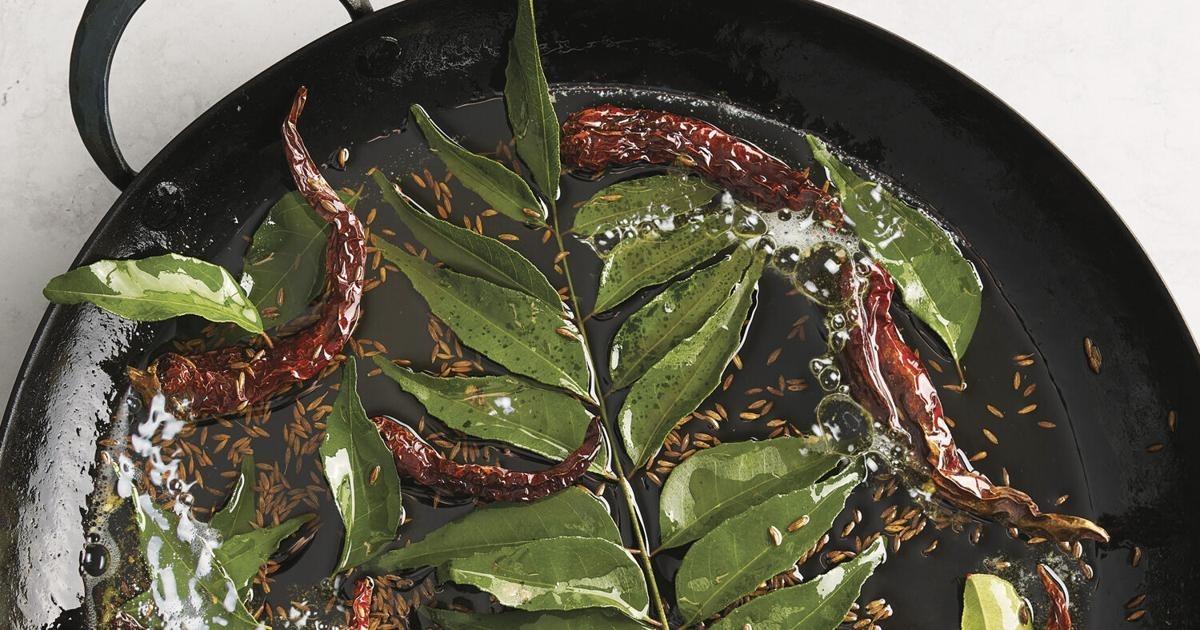Health & Fitness:घर मे करी पत्ता लगाने से पहले जान ले ये छोटी छोटी बातें नहीं तो पछताना पड़ेगा!
Growing curry leaves at home can be an enriching experience, providing both culinary and medicinal benefits. However, before you plant this aromatic herb in your garden or balcony ,there are some crucial aspects to consider to ensure your curry leaf plant thrives for Health & Fitness. This article explores the benefits of growing curry leaves, along with essential tips and considerations to keep in mind.
This article explores the benefits of growing curry leaves, along with essential tips and considerations to keep in mind.
Benefits of Growing Curry Leaves
Curry leaves are a staple in Indian cuisine, used to enhance the flavor of various dishes. From curries and soups to chutneys and rice preparations, the leaves impart a distinct aroma and taste that is highly cherished. Curry leaves are known for their numerous health benefits. They are rich in antioxidants, vitamins A, B, C, and E, and contain anti-inflammatory, anti-diabetic, and anti-cancer properties. Regular consumption can improve digestion, manage diabetes, and boost immunity.
Curry leaf plants are relatively easy to grow and maintain, making them a great addition to your home garden. They can be grown in pots or directly in the ground, provided they receive adequate sunlight and water.
Key Considerations Before Planting Curry Leaves
Curry leaf plants thrive in warm, tropical, and subtropical climates. They require full sunlight for at least 6-8 hours a day. If you live in a region with cold winters, consider growing the plant in a pot so you can bring it indoors during the colder months. Health & Fitness Curry leaf plants prefer well-draining soil with a slightly acidic to neutral pH (6.0 to 7.0). Use a potting mix that contains sand, compost, and garden soil in equal parts. Good drainage is crucial to prevent root rot. While curry leaf plants need regular watering, they do not tolerate waterlogged soil. Water the plant deeply once the top inch of soil feels dry. In hot and dry climates, you may need to water more frequently. Feed your curry leaf plant with a balanced fertilizer every 4-6 weeks during the growing season (spring and summer). Organic fertilizers, such as compost or well-rotted manure, can also be beneficial. Regular pruning helps promote bushier growth and keeps the plant healthy. Trim the top few inches of the plant to encourage side shoots. Remove any yellow or dead leaves to prevent disease to Health & Fitness.
While curry leaf plants need regular watering, they do not tolerate waterlogged soil. Water the plant deeply once the top inch of soil feels dry. In hot and dry climates, you may need to water more frequently. Feed your curry leaf plant with a balanced fertilizer every 4-6 weeks during the growing season (spring and summer). Organic fertilizers, such as compost or well-rotted manure, can also be beneficial. Regular pruning helps promote bushier growth and keeps the plant healthy. Trim the top few inches of the plant to encourage side shoots. Remove any yellow or dead leaves to prevent disease to Health & Fitness.
Curry leaf plants can be susceptible to pests like aphids, scale insects, and spider mites. Use neem oil or insecticidal soap to control infestations. Ensure good air circulation around the plant to reduce the risk of fungal diseases. You can start harvesting curry leaves once the plant is about 12-18 months old. Pluck the leaves as needed, but avoid removing more than one-third of the plant at a time to ensure continued growth Health & Fitness.
Common Mistakes to Avoid
One of the most common mistakes is overwatering, which can lead to root rot. Ensure the soil is well-draining and only water when the top layer is dry. Curry leaf plants need ample sunlight to grow well. Place your plant in a sunny spot and avoid shaded areas. Poor soil quality can hinder the growth of your curry leaf plant. Use a well-draining, nutrient-rich potting mix for optimal results. Neglecting to prune your curry leaf plant can result in leggy growth and reduced foliage. Regular pruning encourages a fuller, bushier plant. Ignoring pests can quickly damage your plant. Regularly inspect your curry leaf plant for signs of pests and take prompt action if needed.
Growing curry leaves at home can be a rewarding endeavor, offering a fresh supply of flavorful leaves for your culinary creations and a host of health benefits. By understanding the plant’s needs and avoiding common mistakes, you can ensure your curry leaf plant thrives and provides you with abundant harvests. Happy gardening!
